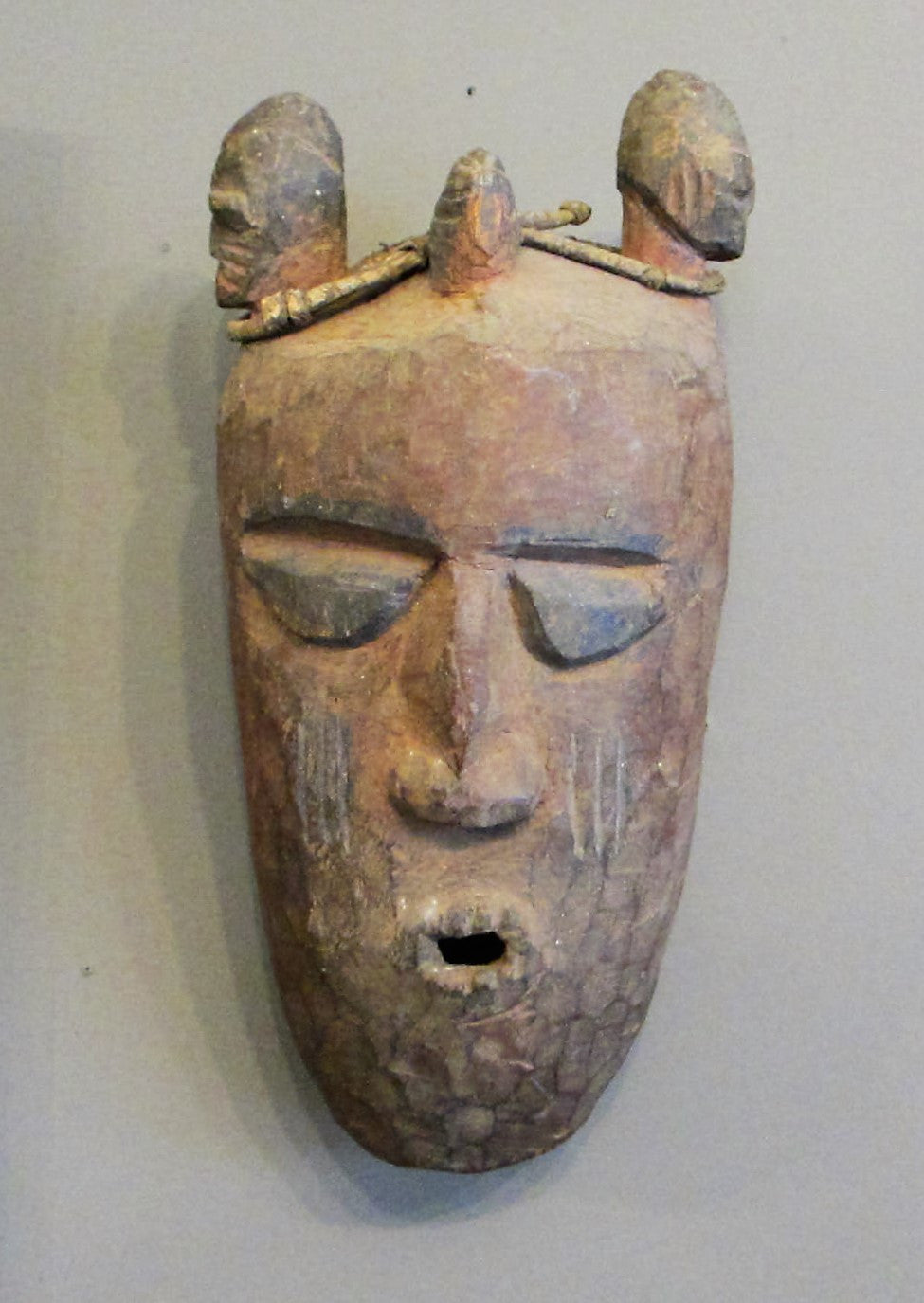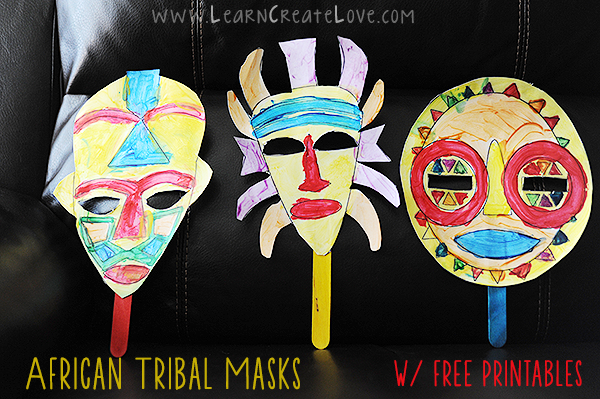Alright folks, grab a drink 'cause this one's messy. My hunt for a real African tribal mask? Total disaster at first. Ended up feeling like a right idiot holding something probably slapped together last week.
The "Wow What a Bargain!" Phase (Spoiler: It Wasn't)
Spotted this wild-looking mask online, all fierce expressions and crazy patterns. Seller swore up and down it was old, "authentic tribal ritual use". Price seemed too good? Yeah, dummy me ignored that massive red flag. Clicked buy faster than you can say "scam".
When it showed up? Felt... weird. Light as a feather, like cheap balsa wood. Smelled kinda chemical, not like old wood should. Gave me zero good feelings, just cheapness. That's when the penny dropped – probably a fake. Felt like a real dumbass.

Getting Schooled (The Hard Way)
Took my shiny fake to a guy I know who deals in actual African art. He took one look, laughed (not mean, more pitying), and broke it down:
- Weight: Held it. "Real ones got heft, mate," he says. "Old wood, hard wood. This feels like hollow junk." Thump, thump. Yeah, sounded cheap.
- Smell: He literally sniffed it. "You smell that? Pungent? New paint, cheap glue. Real old stuff smells dusty, earthy, maybe smoky if it was used near fire." Mine stunk like a hardware store.
- Too Damn Perfect: "See this edge?" he points. "Sharp as a razor? Nah. Real old masks? They get handled, bumped. Look for little nicks, worn patches where hands touched for years." Mine looked factory-fresh. Oops.
- Weird Stuff Stuck On: "This raffia?" He poked at the "hair". "Looks dyed weird. Real stuff often used local plants, shells, beads – things that make sense there. This looks like craft store crap glued on." Spot on.
Hitting the Ground (Literally)
Armed with this face-saving info (thanks expert buddy!), I hit actual antique markets. Put my hands on everything.
Step 1: Pick It Up First Thing. I stopped admiring from afar. Straight in – hands on. Learned fast. If it felt unnaturally light or plasticky? Instant "nope". Looked for that solid weight. Heavier usually meant older, denser wood.
Step 2: The Sneaky Sniff Test. Yeah, I looked weird. Pretended to examine details while subtly inhaling near cracks or the back. Chemical stink? Fake. Found one that just smelled dusty, vaguely like old smoke. That sparked hope.
Step 3: Hunting the Hurts. Stopped looking for "pretty". Searched for the flaws. A tiny chip on the brow? Good. Patch of smoothed-down wood on the cheekbone? Maybe where generations touched it. Found one with weathered edges and some worn paint – looked like life happened to it.

Step 4: Poking at the Add-Ons. Didn't just glance. Got close. Tried to see what that "hair" was made of – looked like real dried grass? Check. Beads? Not modern plastic, looked like local clay. Nothing neon-bright. Materials looked like they belonged in a village, not Michaels.
Did I Score?
Took ages. Dealer tried the usual "very old, very rare" line. Used my steps. Weight felt good – dense. Sniffed (cautiously) – dusty earth smell. Edges had little dings and worn spots where the black paint faded from handling. Raffia looked real, kinda brittle. Shell pieces seemed aged. Price wasn't cheap, but not insane.
Bought it. Compared to my first disaster? Night and day. Feels real. Has soul. Key takeaway? Forget the fancy sales pitch. Use your hands, your nose, look for honest wear, and question every dang thing stuck to it. Saved me chucking good cash down the drain again.












